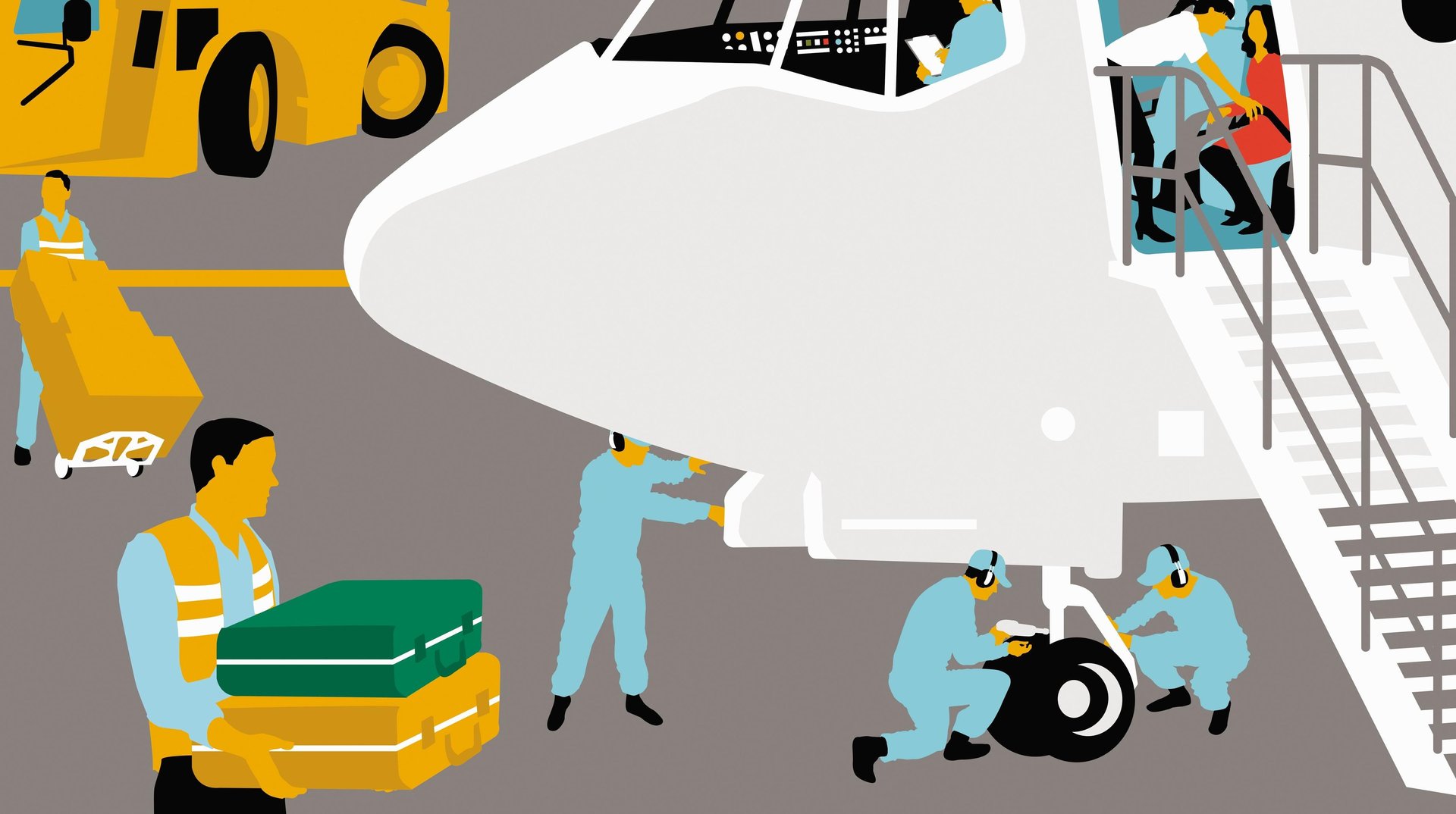Airplane tires like the one that killed 2 Delta workers are like bombs in waiting
A 1996 scientific paper says that "the energy released by a tire burst can be equivalent to dynamite"

A tire that exploded on a Delta Air Lines (DAL)-operated Boeing 757 on Tuesday morning killed two workers and injured another in Atlanta. The tragic incident is a reminder that airplanes are incredibly dangerous machines and that their engines aren’t the only component capable of unleashing serious power.
Suggested Reading
A 1996 paper in the SAE Transactions journal explored just how immense an airplane tire blowout can be. “A bursting tire is like an exploding bomb,” the wrote. “The energy released by a tire burst can be equated to dynamite.” (The deadly Air France-operated supersonic Concorde plane explosion in 2000 was caused in part by a tire explosion; fragments struck the fuel tank, which leaked and engulfed the jet in flames before it crashed.)
Related Content
In order to “quantify the burst tire phenomena,” scientists purposely explored tires from an F-16 fighter jet and a B-52 bomber. The latter blowout released 1 million pound-feet of force, or two sticks of dynamite. (A B-52 has about twice the maximum takeoff weight as a 757.) The scientists detailed the carnage that struck the testing chamber they had set up:
The damage included removing paint chips from the facing test cell wall and scattering them throughout the test cell. Other loose paint chips and dust were found on floors and tables around the large [landing gear development facility]. The video camera recording the test runs, along with its mounting box, were blown off the wall in the test cell. A high intensity light 15 feet away from the tire was blown out. On the second floor, approximately 45 feet across the building, picture frames fell from walls. A previously cracked window pane was blown out of the building. Wood framing around a window air conditioner, approximately 240 feet away, was knocked off and a clock fell off the wall.
Had the personnel running the tests not been “required to wear ear protection and remain outside of the test cell, a minimum of 20 feet away from the tire, with solid metal doors and a dynamometer carriage between the tire and themselves,” the scientists noted, “significant injuries could have been experienced.”
As of Tuesday afternoon, Delta had not yet released the identities of the workers killed in the incident or said what caused the explosion.
